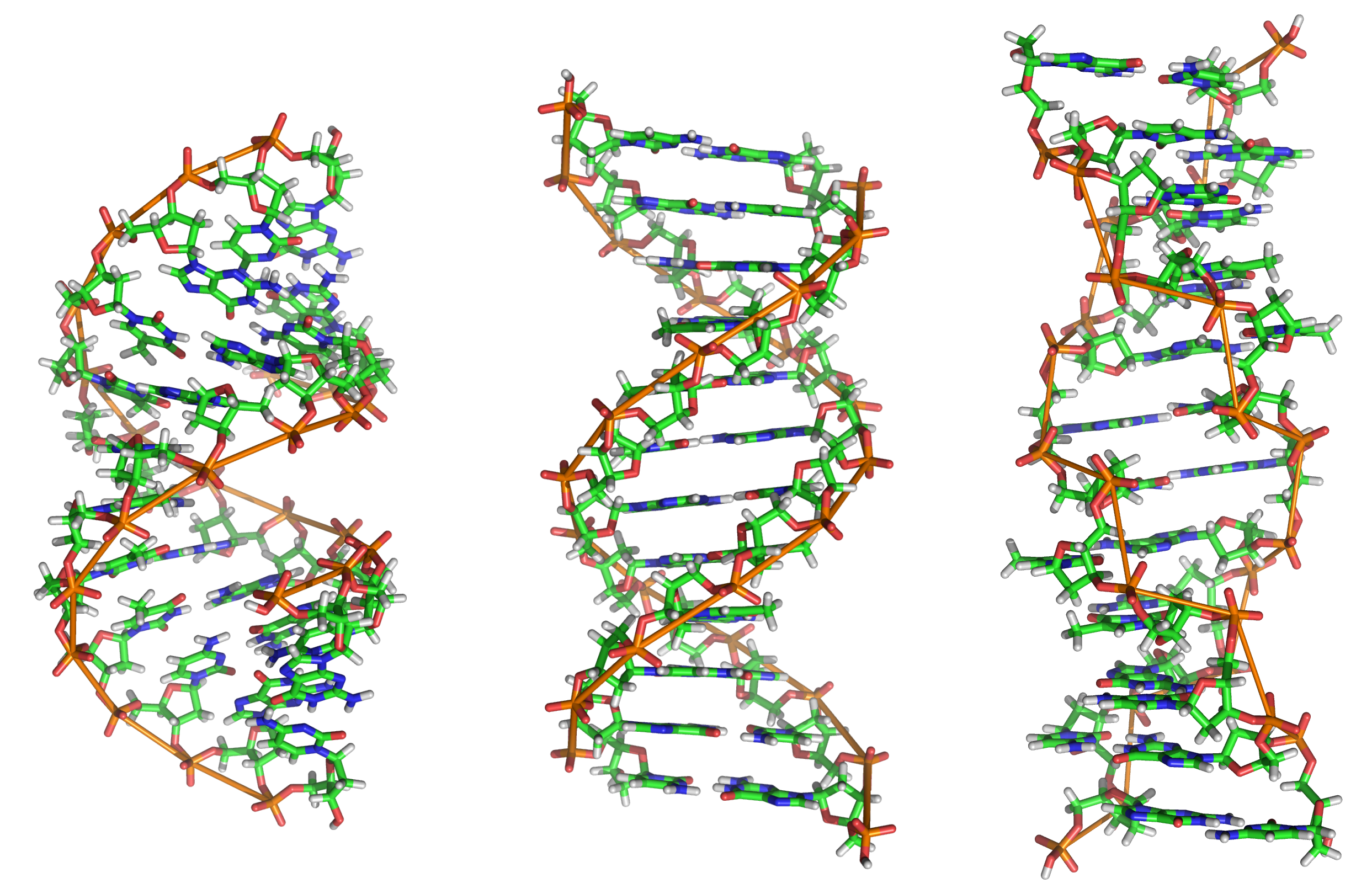|
OmrA-B RNA
The OmrA-B RNA gene family (also known as SraE RNA, RygA and RygB and OmrA and OmrB) is a pair of homologous OmpR-regulated small non-coding RNA that was discovered in ''E. coli'' during two large-scale screens. OmrA-B is highly abundant in stationary phase, but low levels could be detected in exponentially growing cells as well. RygB is adjacent to RygA a closely related RNA. These RNAs bind to the Hfq protein and regulate gene expression by antisense binding. They negatively regulate the expression of several genes encoding outer membrane proteins, including cirA, CsgD, fecA, fepA and ompT by binding in the vicinity of the Shine-Dalgarno sequence, suggesting the control of these targets is dependent on Hfq protein and RNase E. Taken together, these data suggest that OmrA-B participates in the regulation of outer membrane composition, responding to environmental conditions. Together with the RNA chaperone Hfq, OmrA-B positively controls bacterial motility and negatively cont ... [...More Info...] [...Related Items...] OR: [Wikipedia] [Google] [Baidu] |
Nucleic Acid Secondary Structure
Nucleic acid secondary structure is the basepairing interactions within a single nucleic acid polymer or between two polymers. It can be represented as a list of bases which are paired in a nucleic acid molecule. The secondary structures of biological DNAs and RNAs tend to be different: biological DNA mostly exists as fully base paired double helices, while biological RNA is single stranded and often forms complex and intricate base-pairing interactions due to its increased ability to form hydrogen bonds stemming from the extra hydroxyl group in the ribose sugar. In a non-biological context, secondary structure is a vital consideration in the nucleic acid design of nucleic acid structures for DNA nanotechnology and DNA computing, since the pattern of basepairing ultimately determines the overall structure of the molecules. Fundamental concepts Base pairing In molecular biology, two nucleotides on opposite complementary DNA or RNA strands that are connected via hydrogen b ... [...More Info...] [...Related Items...] OR: [Wikipedia] [Google] [Baidu] |
RNase E
Ribonuclease E is a bacterial ribonuclease that participates in the processing of ribosomal RNA (9S to 5S rRNA) and the chemical degradation of bulk cellular RNA. Cellular localization RNase E was suggested to be a part of the cell membrane protein complex, as it sediments with ribosomes and crude membranes. Microscopy has localized tagged RNase E to the inner cytoplasmic membrane or a helical cytoskeletal structure closely associated with the inner layer. Protein structure This enzyme contains 1,061 residues and separates into two distinct functional regions, which are a large domain located at the 5’N-terminus and a small domain located at the 3’ C-terminus. While N-terminal half forms a catalytic domain, C-terminal half forms a degradosome scaffolding domain. A metal-binding pocket separates them in the middle of the RNase E protein structure. Although degradosome formation does not play a key role for E. coli growth, the deletion of the C-terminal half has been foun ... [...More Info...] [...Related Items...] OR: [Wikipedia] [Google] [Baidu] |
